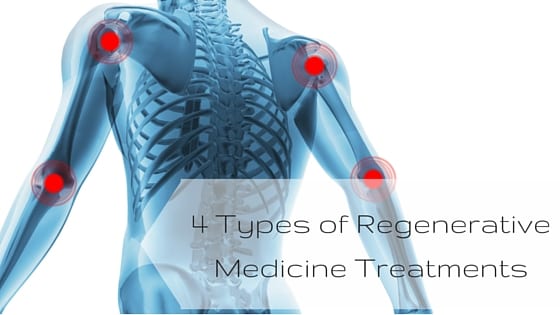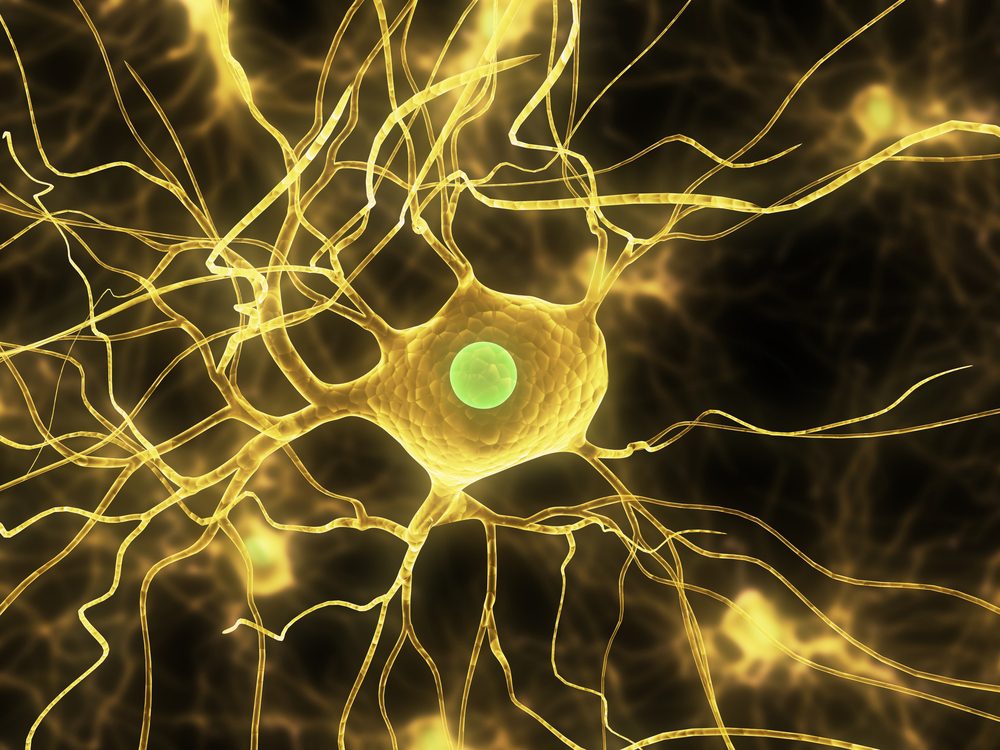Table of Contents

[/image][=video]
[/video]
Viscosupplementation: Shot of hyaluronic acid into intra-articular room can bring back the thickness and flexibility of osteoarthritic synovial liquid. HA plays an essential duty in shock absorption, lubrication, and the visco-elastic nature of the synovial fluid. Prolotherapy: Prolotherapy is the injection of a remedy to refurbish an unskilled structure and advertise sclerosis at the shot site.
Greater than one treatment session may be required prior to results are felt and, similar to any type of treatment, outcomes are not assured. A stem cell does not serve a specific physical function, but it can become a cell that does, such as a cartilage cell or a tendon cell. Physicians that make use of stem cell therapy believe that, when placed right into a certain atmosphere, stem cells can transform to satisfy a specific demand.
To make PRP, blood is taken from the client and after that processedoften making use of a centrifugeto produce a focused remedy of platelets and plasma (PRP).: All PRP is not the exact same.
lidocaine). See All PRP Therapies Are Not the Same Swelling increases blood flow and draws in cellsgranulocytes, monocytes, macrophages and fibroblaststhat can fix and recover broken tissues. Sports injuries generally create swelling, but in some situations inflammation subsides before the injury has healed. Throughout prolotherapy, a physician injects an irritant right into the hurt area, which briefly enhances swelling.
Perimenopause Treatment in Grand Rapids, Michigan

Prolotherapy sometimes uses PRP as an irritant, but prolotherapy is not necessarily a cellular therapy. The most frequently used toxic irritant is dextrose, a straightforward sugar. Materials such as glycerine or saline may also be used.: Contrasted with various other regenerative medicine treatments, such as stem cell and PRP injections, there is not a lot of clinical study relating to prolotherapy and its effectiveness.
Different techniques may be utilized to attempt to fix cartilage, consisting of yet not restricted to: Making small cuts or abrasions in the bone directly listed below the cartilage material injury. The aim is that the blood from the harmed bone will facilitate new cartilage cell growth. Hair transplanting cartilage material from another component of the individual's body, a contributor, or animal.
Regenerative medication seeks to change tissue or body organs that have been harmed by age, disease, injury, or congenital concerns, vs. the existing professional strategy that focuses primarily on treating the signs. The tools made use of to recognize these results are tissue engineering, cellular therapies, and medical devices and synthetic organs. Combinations of these methods can amplify our natural recovery procedure in the locations it is required most, or take control of the feature of a permanently harmed body organ.
When wounded or invaded by illness, our bodies have the innate feedback to recover and protect. The encouraging area of regenerative medicine is functioning to bring back structure and function of damaged tissues and organs.
Menopause Treatment around Grand Rapids, Michigan
The objective of this method is to develop transformative health care options that will potentially heal previously untreatable injuries and illness. Tissue engineering is a strategy where biologically suitable scaffolds are implanted in the body at the site where brand-new cells is to be developed. If the scaffold remains in the geometric shape of the tissue that requires to be generated, and the scaffold attracts cells the result is brand-new tissue in the form desired.

Millions of clients have been treated with some type of tissue engineered tools, yet the area is in its infancy. Many millions of grown-up stem cells are discovered in every human.
To find out even more regarding a few of the promising researches and clinical trials including mobile treatments, visit this site. In cases where an organ stops working, the predominant clinical technique is to transplant a replacement body organ from a benefactor. The major challenges are the accessibility of donor body organs, and the need that the contributor take immunosuppression drugswhich have negative effects.
Perimenopause Treatment
Regenerative medicine extends a variety of techniques in medication, biology, design, and other locations of clinical study. While there are just a minimal variety of authorized regenerative medication therapies for clients right now, several prospective treatments are in scientific trials, or will certainly be soon. These interpretations are intended to assist you comprehend terms you might hear as regenerative medication ends up being a widespread topic of discussion.
Biomaterials is a significantly advanced modern technology that mixes concepts of design and biology to drive exploration and screening of therapies. The term broadly describes materials that are created for the functions of communicating with living cells, cells, organ, and systems. Biomaterials can be derived from all-natural resources, like healthy proteins or sugars, or from synthetic compounds, like polymers, steels, or plastic.
One popular classification of biomaterials, recognized as hydrogels, are water-based structures with customizable residential properties to residence cells in 3D areas that imitate conditions in living cells. Next-generation biomaterials can be modified in real-time to route how cells function in 3D room. Disease modeling is using pets, stem cells, and crafted devices to study human diseases without the demand for human subjects.
Hormone Therapy in Grand Rapids
Diet plan, way of living, exposure to sunlight, and aging are all factors that can trigger epigenetic adjustments. In the area of regenerative medication, researchers examine exactly how epigenetic adjustments add to disease-causing anomalies. In one examination, ISCRM scientists belong to an initiative to develop a genetics therapy to help young boys and pets with an uncommon muscle mass problem to stroll and grow.
Navigation
Latest Posts
Regenerative Therapy
Perimenopause Treatment in Grand Rapids
Regenerative Therapy local to Grand Rapids